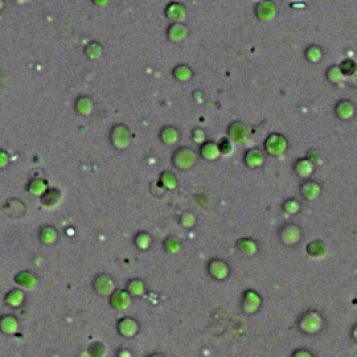LSA is the place for foundational knowledge where creative thinkers engage with a complex, diverse, and changing world. We need your support to fuel our innovative environment, invest in the brightest people, and advance tomorrow’s breakthroughs.
Molecular, Cellular, and Developmental Biology (MCDB)
Recent News
MCDB researchers part of three teams pursuing bold initiatives
Monica Dus, Sarah Kargbo-Hill, and Ariangela Kozik are part of three different interdisciplinary teams funded by the U-M's Bold Challenges initiative to develop research programs to tackle global challenges and create innovations to benefit society
Aton Lab: A universal sleep pattern could help strengthen, separate memories
In any given snooze, sleep cycles between non-REM and REM, but virtually always starts with non-REM. U-M research shows how this order could be crucial for keeping our memories straight. Aton Lab collaboration report in PLOS Computational Biology

Contact Information
Undergraduates and Prospective Majors:
Contact the Program in Biology
734-763-7984
lsa-biology-advising@umich.edu
Graduate students:
Contact Maura Stephens-Chu, Graduate Coordinator
mcdb.grad.programs@umich.edu
NOTICE: Please be aware that we have moved the deadlines for our Pathways Master's and Master's Program fall entrants to March 1
MCDB Merch
Show your MCDB spirit wherever you go! MCDB has partnered with Ann Arbor T-Shirt Company to offer MCDB-branded rain jackets, polo shirts, hats and much more in an online store. Items are made-to-order in a variety of sizes.









